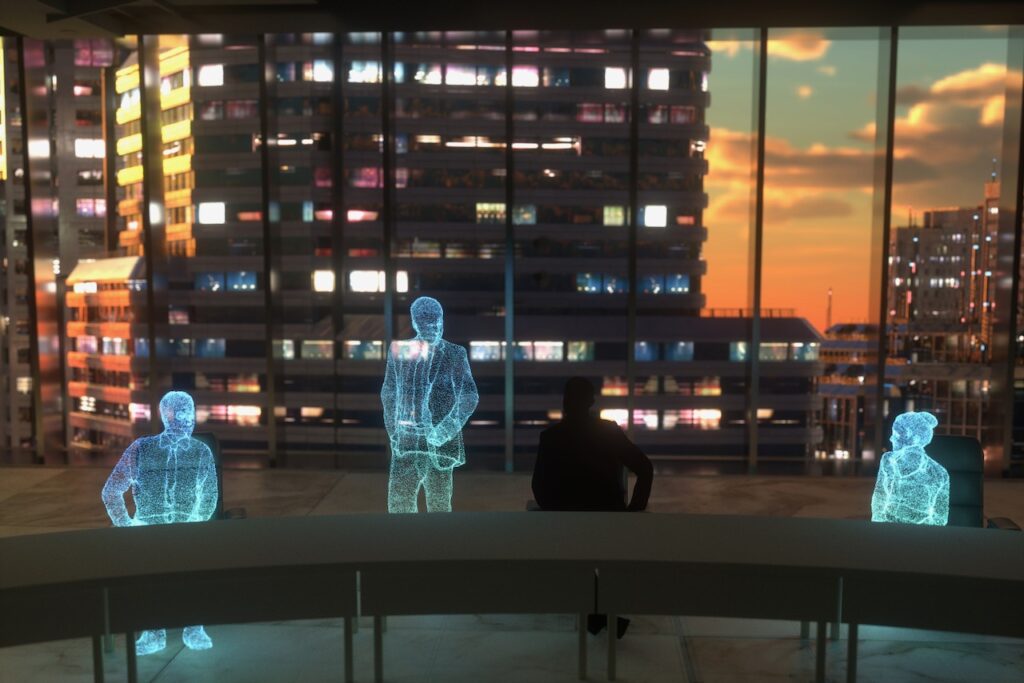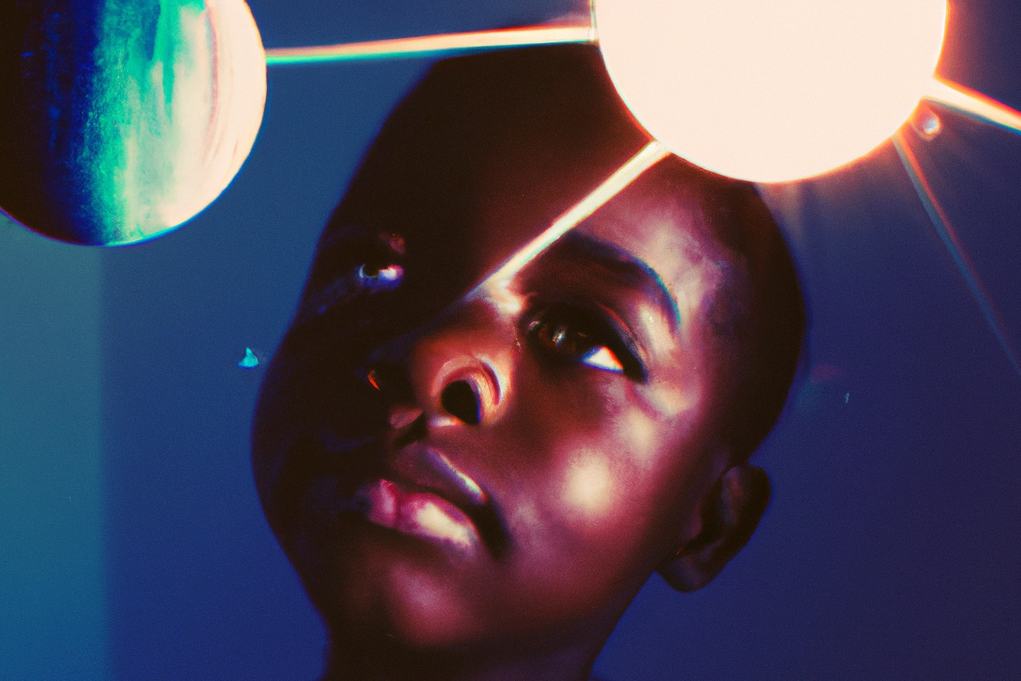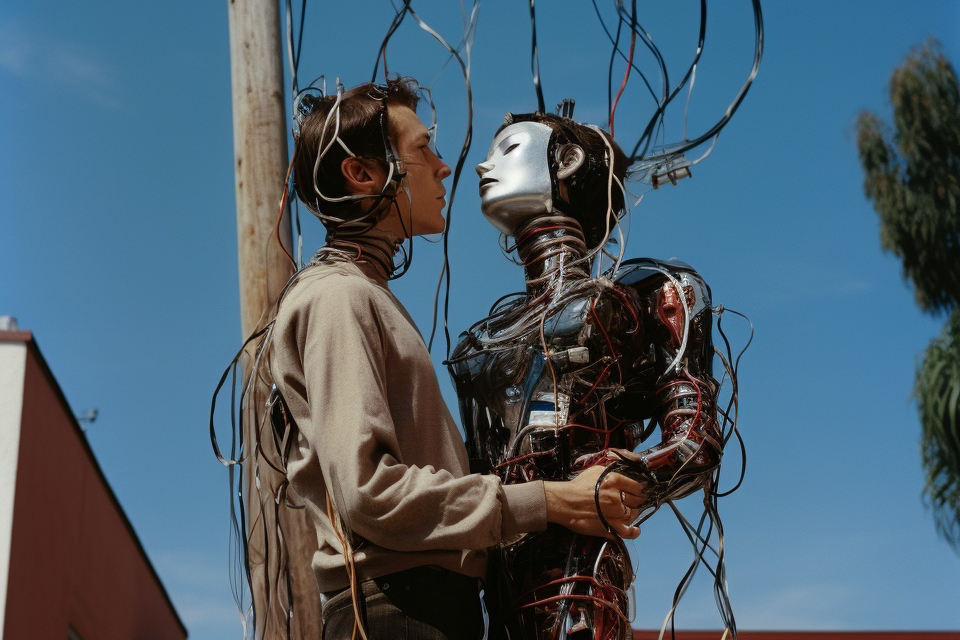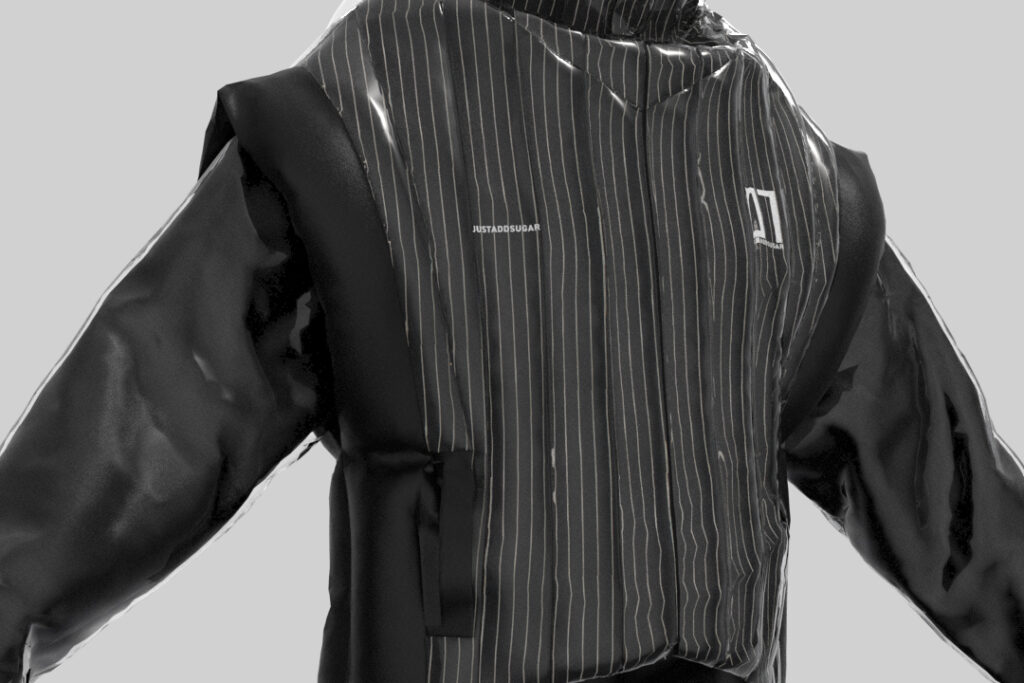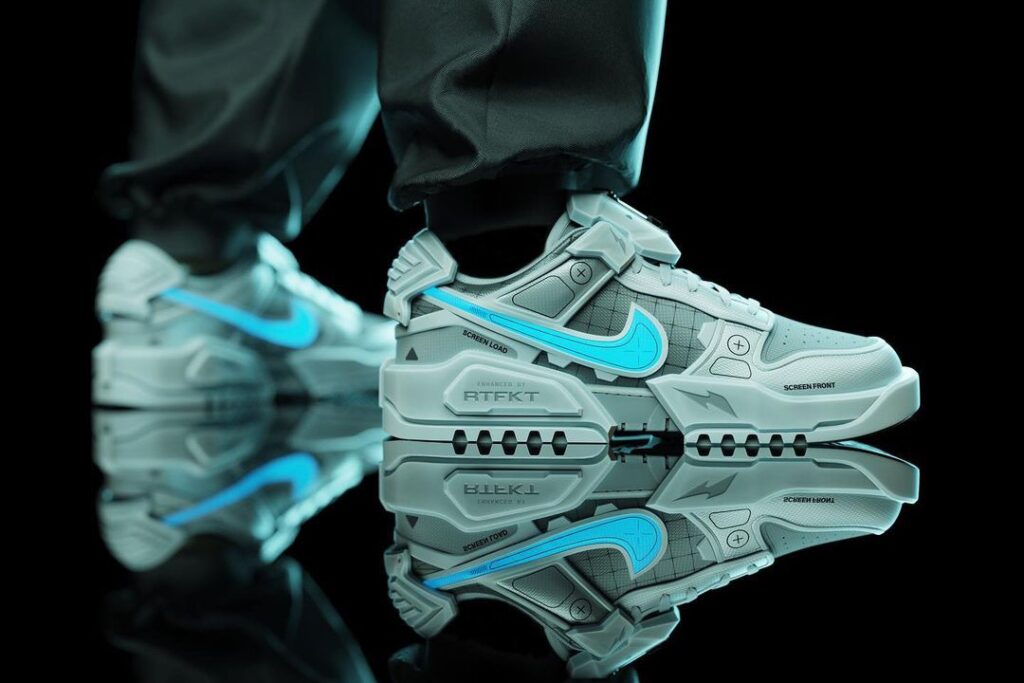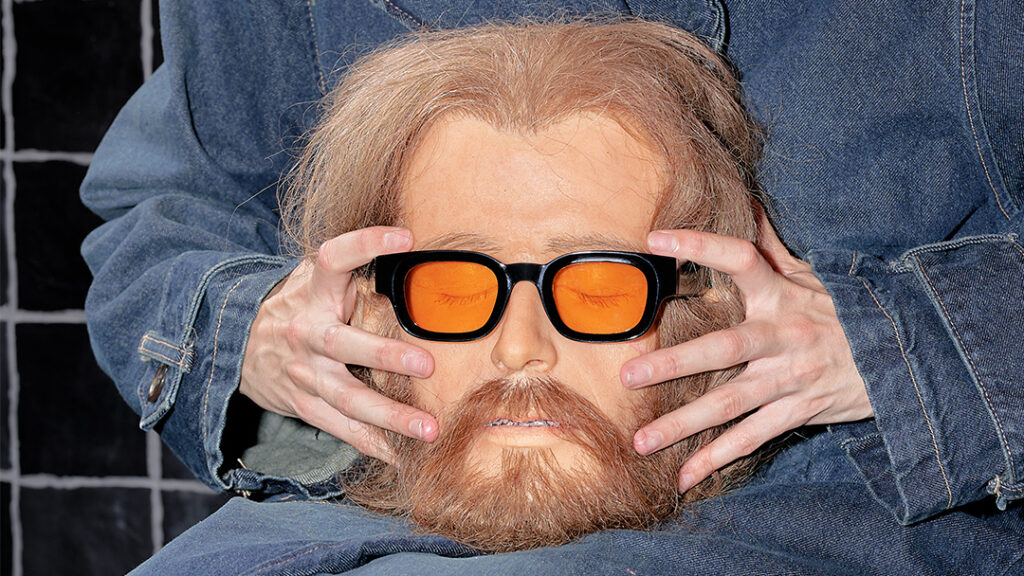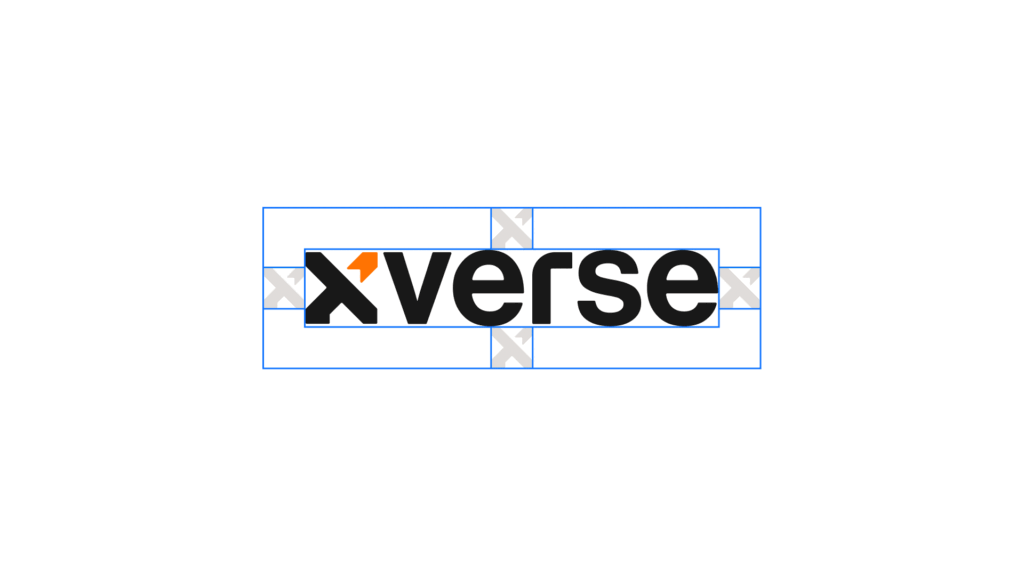A salient characteristic of successful brands is looking for ways to be more efficient. Countless projects are born out of passion or a great idea, but fail to reach a sustainable execution, particularly in the fashion industry. It’s a costly venture, to begin with. Not to mention the fact that the Fashion industry is difficult to break into. Plus, once you’re in, generally speaking, need to constantly rework what you have and innovate in order to remain relevant. Thankfully, technology is making it easier to overcome many of these drawbacks. Virtual sampling is one of the most positive innovations in the industry. If, as a brand, you haven’t jumped on this train yet, you really should.
Just for clarification, virtual sampling refers to the process by which a garment is created as a 3D virtual render that you can then use to ensure everything is up to standard. The same way you would a physical sample only directly on the screen.
Virtual sampling cuts costs, waste, and time. What’s not to like? It’s the future of fashion, sooner than later it will become standard practice.
Can virtual prototyping compare to the traditional process?
Let’s begin by admitting that the Fashion industry has not always been the most welcoming to change. Funny coming from a scene that heavily relies on coming up with new designs constantly. Nevertheless, while the fashion industry is ever-changing in the products it rolls out, it has always had a deep respect and admiration for the traditional processes followed in order to arrive at the production of said items. It’s quite hard for a novel manufacturing method or process to gain the respect of the industry and be on par with a traditional one. Something that is hand-made is still revered over anything else, both in the quality of the product, the design, and the passion and care infused into it.
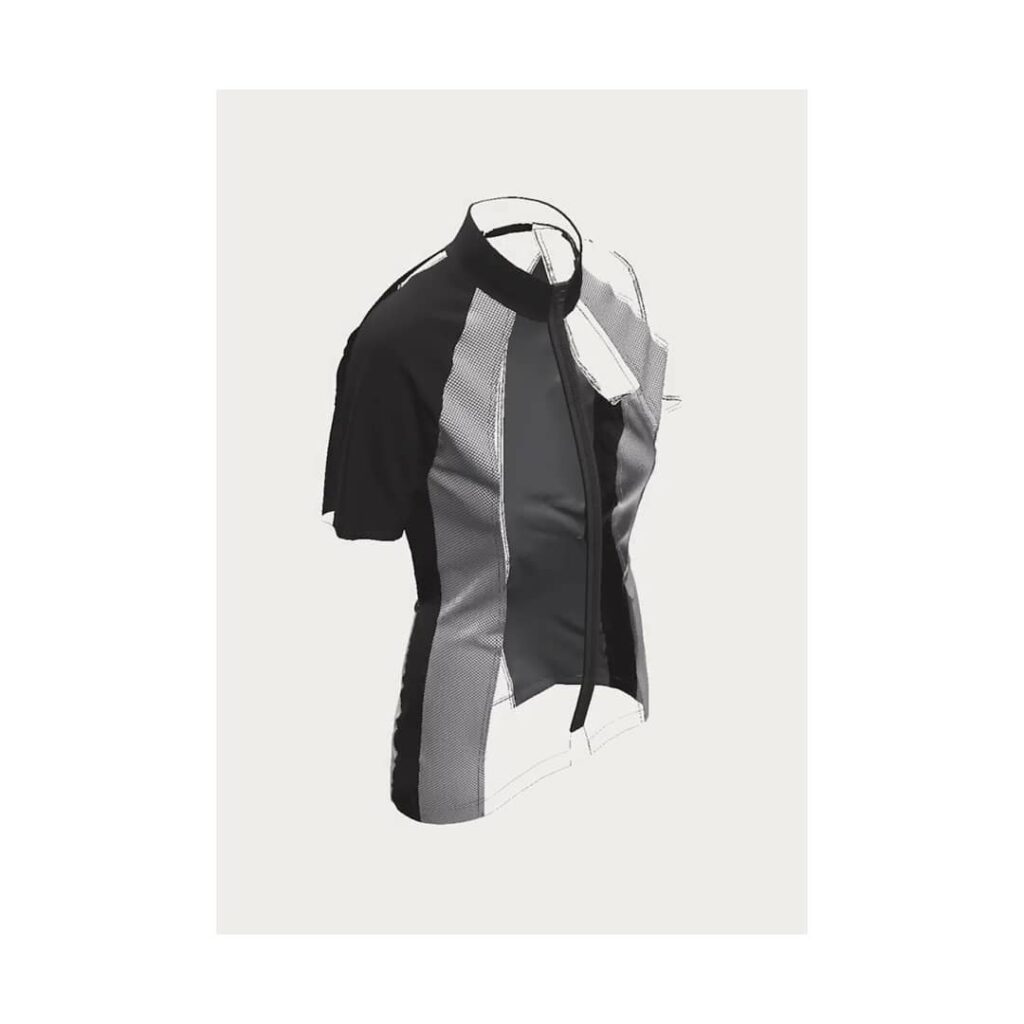
Technology and fashion have a love-hate relationship in this way. For many, the older the tradition, the better. The implementation of machinery that could do things quicker, for the most part, has been associated with fast fashion or lower quality. Perhaps this is largely due to the notion that something handmade, that has passed through human hands in all of its instances has more soul, and is, therefore, more artful. Let’s not forget that Fashion is also art, one in which not only the designer express themselves, but also creates garments that help others express themselves too. As such many are sceptical of the integration of new technologies into the manufacturing process, fearing that the introduction of this technology might maim the creative process, the soul of the garment. The constant dilemma between technology and fashion: Can virtual prototyping ever live up to the real-life experience of being able to see a garment moving on a person or the way it may feel to the touch or react with the elements around it?
Yes. Yes, it can.
Virtual sampling can actually forward the creative process
We find that virtual prototype clothing not only does not stagnate the creative process but, in fact, pushes it forward. Technology has advanced to the point where prototype clothing can successfully mimic physical garments. The existing software used for virtual sampling has ample fabric libraries that can replicate not only the texture of materials but also their movement and reaction to external elements. Moreover, immediate access to these materials means that designers can experiment with a huge variety of elements in the blink of an eye. No need to wait around for new material to be sent over, no need to interrupt the creative flow at all.
If we take this into account, plus the huge difference in time and monetary cost, we could even go as far as saying that virtual sampling allows the designer to focus on one thing and one thing alone: The design. With virtual sampling, instead of having to deal with the time-consuming process of making tangible prototypes, the designer is able to experiment with as many stylistic, colour, and fabric variations as they like. Thus being able to infuse absolutely all of their care, passion, and talent into the garment rather than have their creative process limited by time, money, or obstacles. Without a doubt, virtual sampling offers the designer an unprecedented level of creative flexibility.
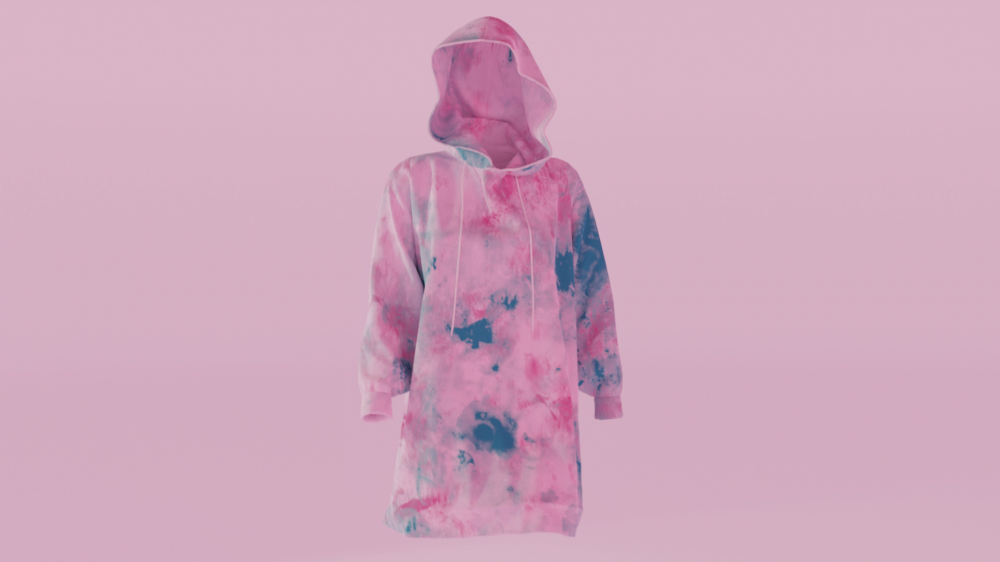
Virtual sampling will, without a doubt, become an integral step in the creation of fashion.
Virtual prototyping enables brands to carry out their entire production and manufacturing processes in a much more ethical, efficient and sustainable manner.
You create less waste, which is one of the biggest critiques towards the fashion industry, you save yourself a lot of time and money, and you free the creative process from a significant amount of shackles it has, until now, unavoidably subjected to. It’s safe to say that virtual prototyping will become standard practice in the next 5 years, 10 at most.


